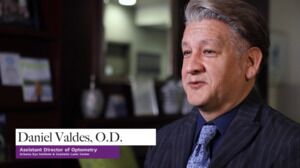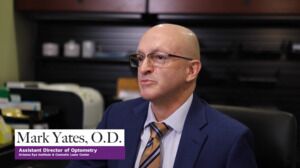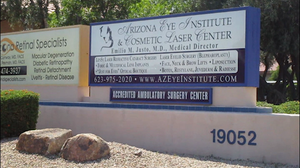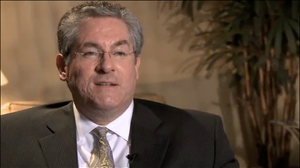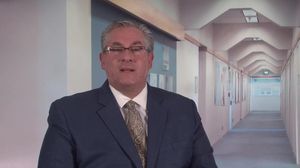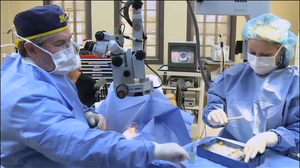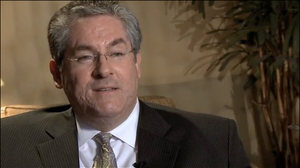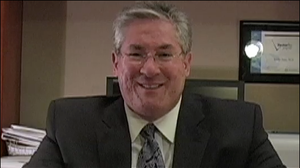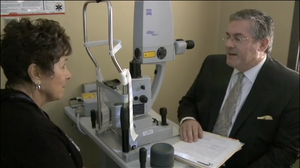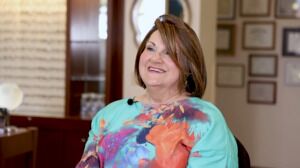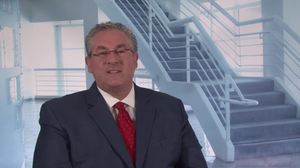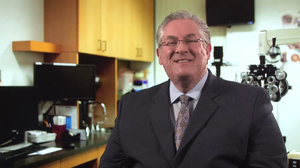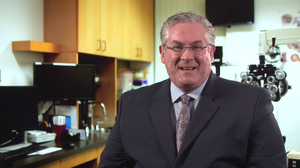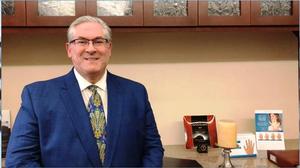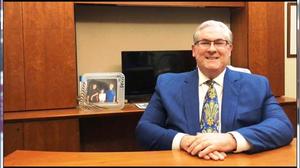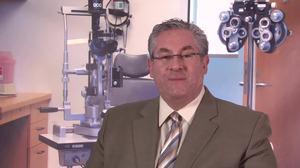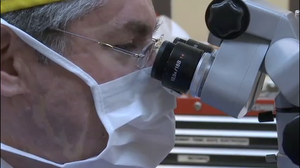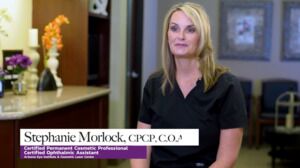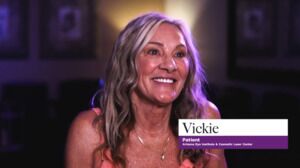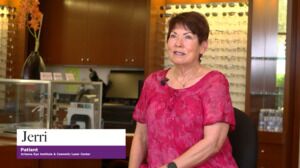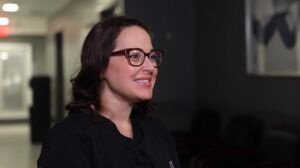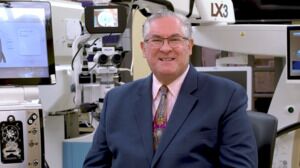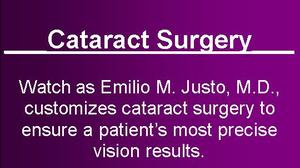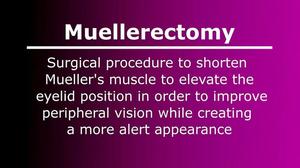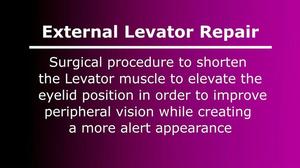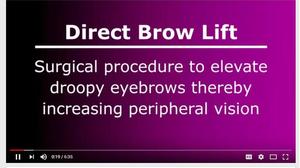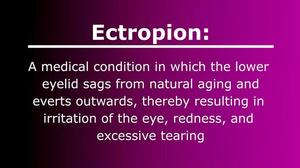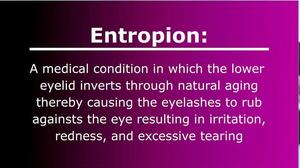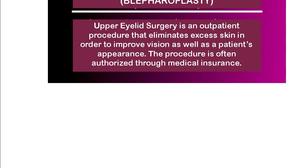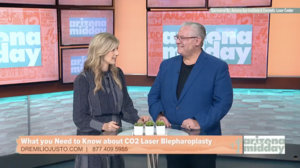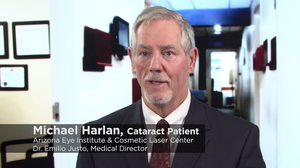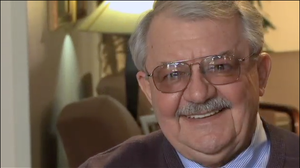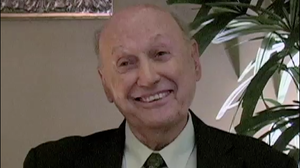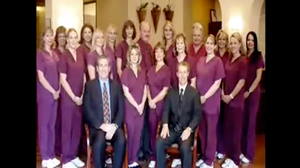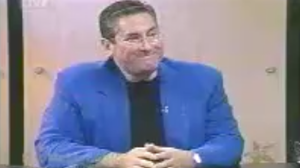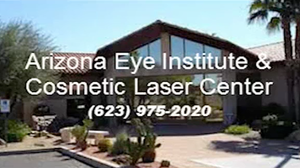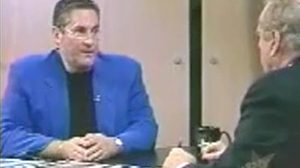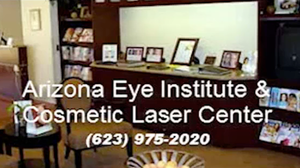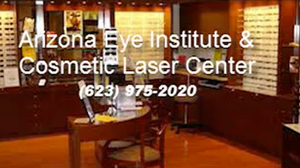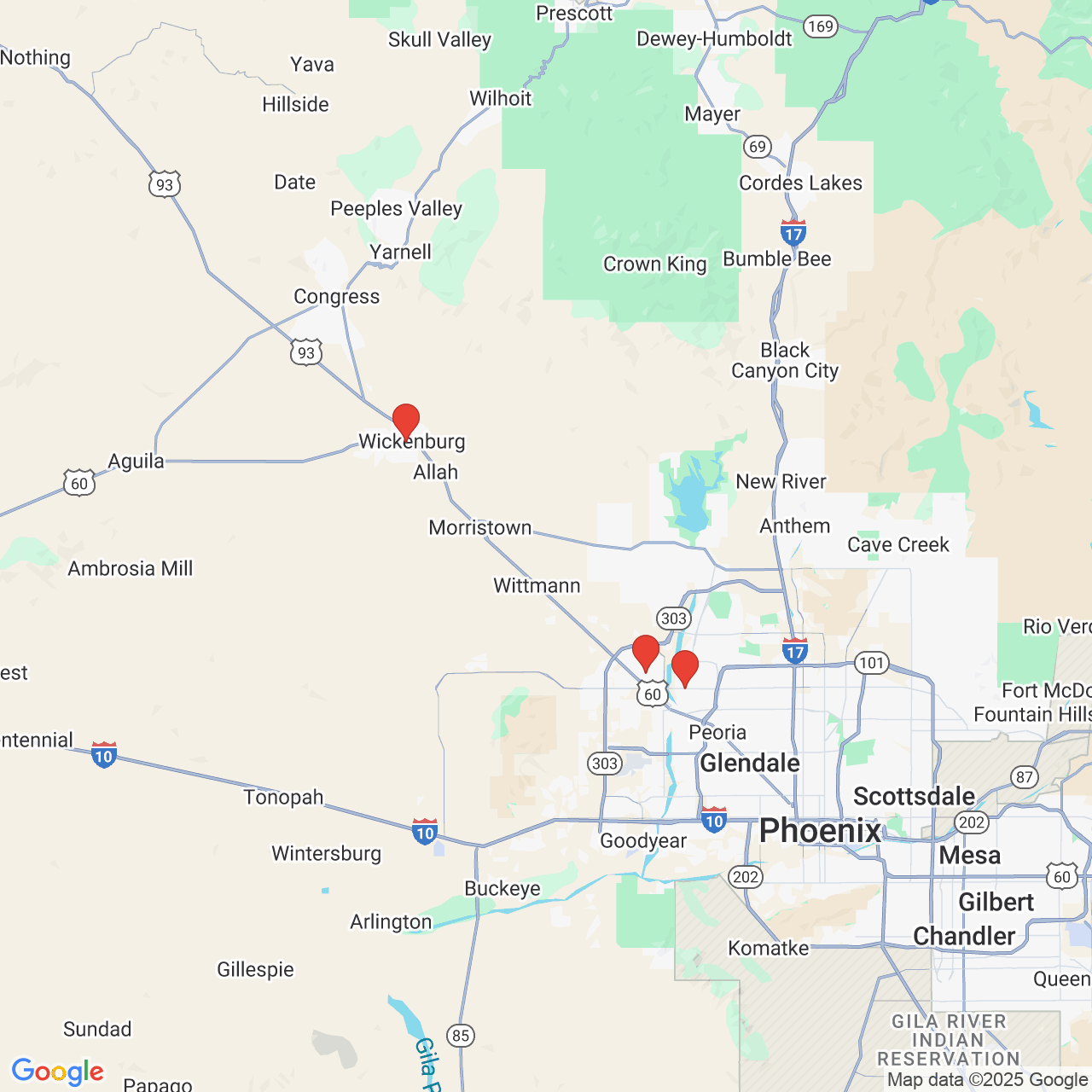Dr. Justo explains the issues relating to cataract surgery for patients who have had LASIK and other refractive procedures. Procedures like LASIK can raise certain risks during cataract surgery. Dr. Justo explains these challenges and how his practice faces them. Using technology and advanced techniques, Dr. Justo can maximize safety for patients who have undergone LASIK and other refractive procedures.
[00:00:09.320]
Now I'd like to talk to you a little bit about what we refer to as
[00:00:12.880]
post refractive cataract surgery,
[00:00:16.040]
and some of the challenges that it raises.
[00:00:18.880]
What I mean by post refractive
[00:00:21.080]
are those patients who previously, years ago,
[00:00:24.280]
had either LASIK, or radial keratotomy for their eyes.
[00:00:30.240]
Now, one of the questions that comes up regularly is,
[00:00:33.760]
does having had LASIK or radial keratotomy
[00:00:37.280]
affect the ability of doing the cataract surgery?
[00:00:40.440]
The answer is a little bit complicated.
[00:00:43.320]
It doesn't affect the act of the cataract surgery itself,
[00:00:47.320]
but it can impact the post surgical refractive outcome.
[00:00:53.000]
What do we mean by refractive outcome?
[00:00:55.560]
What I mean is, trying to hit the bull's eye
[00:00:59.600]
in terms of our target goal prescription wise.
[00:01:04.200]
Let's back up for a moment.
[00:01:06.240]
Remember, in all cataract surgery, the patient comes in
[00:01:10.880]
preoperatively, usually a couple of weeks beforehand, for measurements.
[00:01:15.160]
These measurements are high resolution measurements that test the eye,
[00:01:21.840]
and these computerized measurements send the data
[00:01:25.040]
into a computer software system that has mathematical algorithms built in.
[00:01:31.080]
These algorithms then spit out a projected implant power
[00:01:36.160]
in an effort to hit the bull's eye, as I call it,
[00:01:39.400]
try to get as close to our target outcome that we're looking for.
[00:01:44.120]
Now, understand that with post refractive eyes,
[00:01:48.440]
the cornea has been reshaped.
[00:01:50.800]
Both the curvature and the thickness of the cornea are now different,
[00:01:55.880]
particularly in LASIK.
[00:01:57.960]
And so when we look at virgin eyes,
[00:02:00.760]
that is eyes that have never had refractive surgery,
[00:02:04.680]
in virgin eyes, the national statistics are roughly 92% of patients can achieve
[00:02:12.040]
driving vision or better without glasses,
[00:02:15.240]
which is pretty good odds.
[00:02:16.480]
It's not 100%, but certainly if you were going to Vegas,
[00:02:19.640]
you would take those odds.
[00:02:20.880]
A decade ago, in post-LASIK eyes, that number was far, far lower,
[00:02:27.920]
because the mathematical algorithms used to measure the eye,
[00:02:32.160]
and calculate the implant power, were not as accurate.
[00:02:35.680]
Now, fortunately, here we are a decade later,
[00:02:38.960]
and the statistics have improved significantly,
[00:02:43.080]
but yet not quite to the level of a virgin eye.
[00:02:47.960]
How do we overcome this?
[00:02:50.520]
Well, remember in a previous video
[00:02:51.920]
I talked about the laser-guided ORA System, remember ORA,
[00:02:57.040]
and that is where we take high resolution real-time measurements
[00:03:02.080]
during the cataract surgery, once the cataract has been removed.
[00:03:06.840]
Based upon these measurements, I then compare
[00:03:09.640]
what the ORA measurements are telling me to implant
[00:03:12.920]
as far as implant power,
[00:03:14.720]
and I compare them to the preoperative measurements.
[00:03:18.280]
In probably well over half the cases,
[00:03:21.320]
the ORA measurements give me a little bit different data.
[00:03:25.760]
I always go by the ORA measurements because although not perfect,
[00:03:30.680]
again, nothing in life is perfect,
[00:03:33.000]
but the ORA measurements tend to be more highly accurate,
[00:03:36.280]
and highly predictable,
[00:03:38.040]
in terms of achieving our target outcome.
[00:03:41.920]
Hence, in patients who have had previous LASIK and previous radial keratotomy,
[00:03:47.440]
it's very important to try and achieve our target outcome
[00:03:51.920]
to the best degree possible.
[00:03:54.640]
Hence the reason that we really strongly emphasize ORA.
[00:03:58.120]
We use ORA quite often even in regular so called virgin eyes,
[00:04:03.560]
but in post refractive eyes, very important.
[00:04:06.640]
Now, let me digress a little bit and talk just briefly about radial keratotomy.
[00:04:11.200]
Some of you may be familiar with it, others may not be.
[00:04:14.720]
Radial keratotomy was used back in the late '80s, and early '90s
[00:04:20.640]
to correct near-sightedness, also known as myopia.
[00:04:24.960]
This is where a diamond blade was used to make
[00:04:27.680]
radial spoke-like incisions in the cornea.
[00:04:32.080]
Unfortunately, radial keratotomy had its downsides,
[00:04:35.960]
and now it's really no longer used.
[00:04:39.840]
But when we're doing cataract surgery on a patient
[00:04:42.720]
who's had radial keratotomy, keep in mind,
[00:04:45.520]
that we are trying to avoid those radial incisions.
[00:04:49.760]
So we're placing the corneal incision for the cataract surgery
[00:04:53.080]
in between the radial incisions.
[00:04:56.680]
I make every effort to be as gentle as possible so that during surgery,
[00:05:00.920]
we don't disrupt any one of those incisions.
[00:05:05.200]
If in the case of disrupting it or loosening one of those incisions,
[00:05:08.720]
it may require putting in a little stitch to close the incision,
[00:05:13.320]
which is not the end of the world.
[00:05:15.520]
However, I do my best to try to avoid that scenario.
[00:05:19.720]
Also in radial keratotomy, the mathematical algorithms,
[00:05:23.840]
that I referred to earlier, to calculate implant power,
[00:05:27.320]
are even more variable than in LASIK.
[00:05:30.280]
It can be sometimes even a greater challenge
[00:05:33.320]
to hit that bullseye as I talked about earlier.
[00:05:37.480]
Hence, the reason ORA is very, very important.
[00:05:41.560]
This is a discussion that I have commonly now with patients,
[00:05:45.160]
because, as these refractive patients have gotten older,
[00:05:49.600]
and now 15, 20, 25 years have gone by,
[00:05:53.520]
many of these post refractive patients have now developed cataracts,
[00:05:57.840]
and so I would estimate that probably about 15% or so
[00:06:02.400]
of my current cataract surgery patients, are post refractive.
[00:06:07.200]
I hope this video helped you in terms of understanding the process.
[00:06:11.920]
Again, in our practice, it's all about education.
[00:06:14.160]
We want our patients knowledgeable, educated,
[00:06:16.760]
so that they can make the appropriate decisions,
[00:06:19.960]
with our help, of course.
[00:06:21.800]
Thank you once again and I look forward to seeing you very soon.






